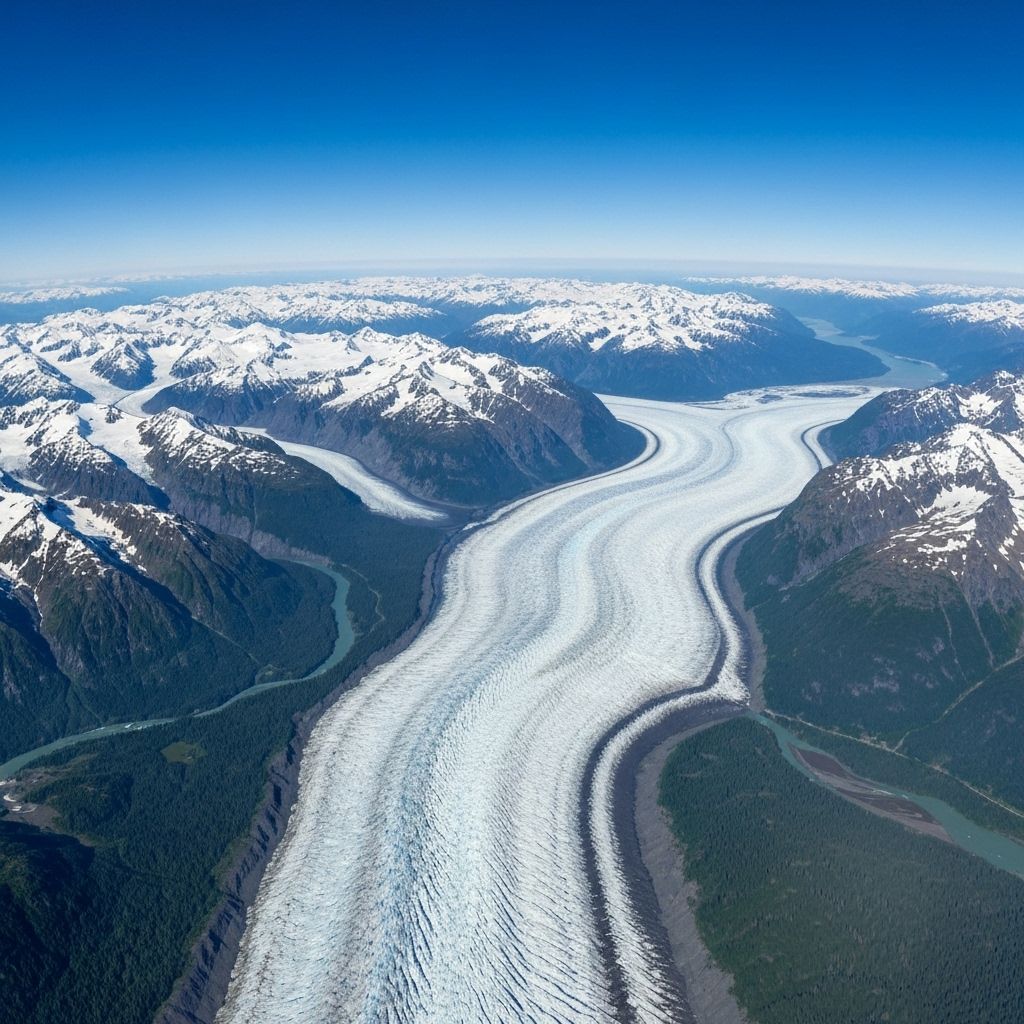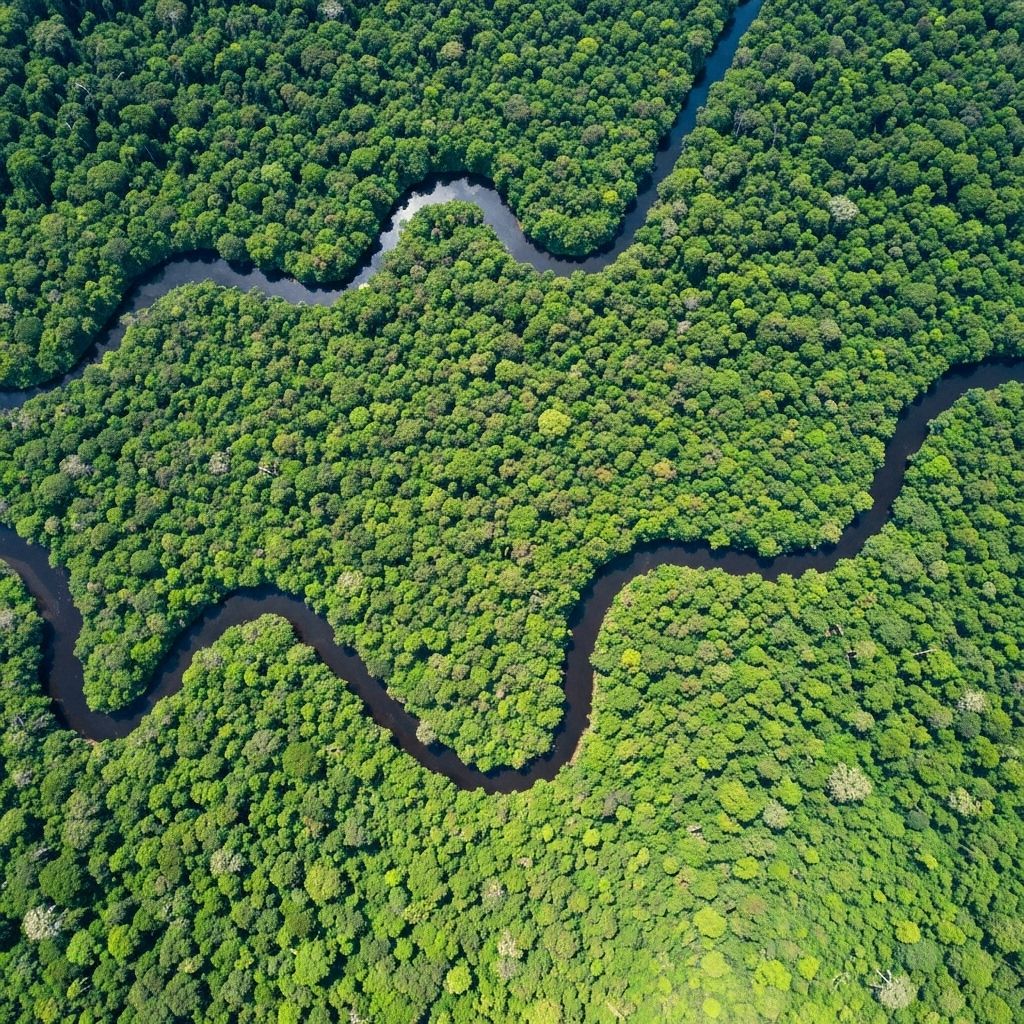
ALASKA
Loading chart data...


Satellite imagery analysis from 1990 to 2025 reveals significant changes in Alaska's Columbia Glacier. The NDSI index shows a clear declining trend over the 35-year period.
Peak values were observed in the early 1990s, with a gradual decrease that became more pronounced after 2010. This pattern correlates with documented glacier retreat in the region.
The rate of change has accelerated in recent years, with the most dramatic shifts occurring between 2015 and 2025. This acceleration warrants continued monitoring and analysis.
Seasonal variations and interannual fluctuations are visible in the data, highlighting the complex dynamics of environmental change in this critical Arctic region.
MANAOS
Loading chart data...


Satellite monitoring of the Amazon region near Manaus from 1990 to 2025 shows concerning patterns of vegetation loss. The NDVI index reflects a steady decline in vegetation health and density.
Data reveals periods of accelerated deforestation, particularly during the 2000s and 2010s. Urban expansion and agricultural activities have significantly contributed to these changes.
Despite conservation efforts, the overall trend remains negative. Primary forest areas have been replaced by agricultural lands and urban zones.
Temporal analysis shows the urgent need for more effective conservation policies to protect this vital ecosystem and its unique biodiversity.
CDMX
Loading chart data...


Analysis of Mexico City's urban expansion between 1990 and 2025 using the NDBI index reveals dramatic urban growth. The built-up area has increased significantly during this period.
Satellite data shows consistent expansion toward peripheral areas, with particularly accelerated growth after 2000. Urban infrastructure has progressively replaced agricultural and natural zones.
The increasing NDBI trend reflects not only the city's horizontal expansion but also the densification of already urbanized areas. This growth presents significant challenges for sustainable urban planning.
Continuous monitoring is essential to manage the environmental impact of urban development and ensure quality of life for the millions of inhabitants of this megalopolis.